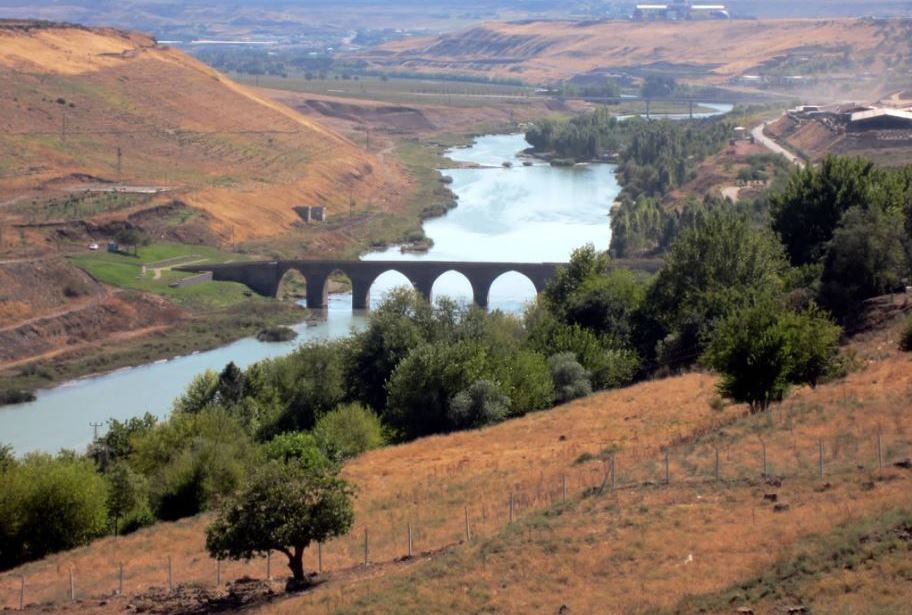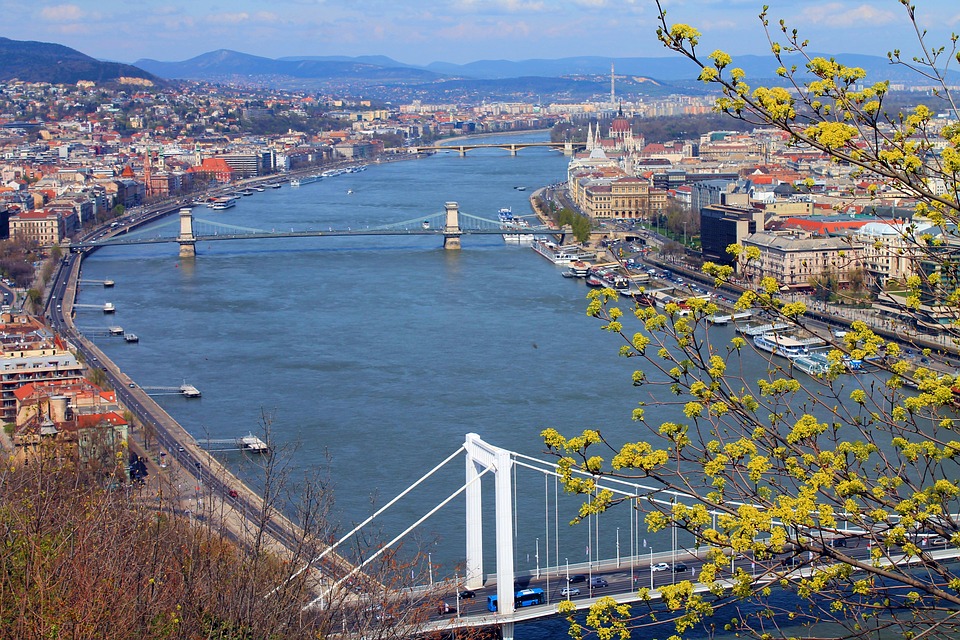In some cases, river pollution is up to 300 times higher than the recommended limit. The problem does not only concern developing countries in Asia and Africa. A large number of antibiotics have also been found in European flows, such as the Danube and Thames.
The researchers surveyed a total of 711 sites in 72 countries. In two thirds of the cases, they discovered antibiotics, and at 111 sites the amount of drugs exceeded a safe level.
Experts measured drug concentrations in the French Seine, Italian Tiber, Thailand’s largest river, Menam-Zhao-Praja, or in Tigris, Asia. Although some flows did not come out as badly as others from the study, according to experts, even a small incidence of antibiotics is dangerous.

The Tigris River
Antibiotic Resistance
New figures are highlighted by a study by scientists at the University of York, which was presented at a conference in Helsinki in May. It is in water that bacteria can more easily develop antibiotic resistance, and so research is so alarming. The more drugs appear in the rivers, the more there is a risk that bacteria will become resistant.
“It’s quite scary and depressing. We could have large parts of the environment that got antibiotics at levels high enough to affect resistance,” said Alistair Boxall (an environmental scientist at the University of York, who co-led the study) for The Guardian.
Because of antibiotic contamination, bacteria can develop drug resistance.
“A lot of the resistance genes we see in human pathogens originated from environmental bacteria,” said Prof William Gaze, a microbial ecologist at the University of Exeter who studies antimicrobial resistance but was not involved in the study. “Even the low concentrations seen in Europe can drive the evolution of resistance and increase the likelihood that resistance genes transfer to human pathogens,” he says.
European Danube
According to the study, the Danube, which flows through a total of ten European countries, is the most polluted of all rivers in Europe. Scientists collected samples in Austria. They have found seven types of antibiotics in the water, in four times the safe level. For example, they have found clarithromycin, which is used to treat bronchitis or pneumonia.

The River Danue
The Thames on the British Isles also exceeded a safe level. The analysis showed that a mixture of five types of antibiotics float in it. In large quantity were found, for example, ciprofloxacin, which treats skin infections or urinary tract inflammation.
Trimethoprim, which experts found at 307 sites, is the most prevalent in all the rivers involved in the research. This drug also helps in urinary infections.
The Worst Results of Bangladesh
Given that African developing countries, such as Kenya, have long been struggling with an imperfect wastewater treatment system, it was not surprising to find that the worst situation was in Bangladesh in South Asia.
Millions of People Are at Risk of Death
The UN has warned against the increase in the number of resistant bacteria that conventional antibiotics cannot cope with. By 2050, up to ten million people could die of the diseases that can become resistant to antibiotics.
Source: york.ac.uk/news-and-events/news/2019/research/antibiotics-found-in-some-of-worlds-rivers/, theguardian.com/society/2019/may/27/worlds-rivers-awash-with-dangerous-levels-of-antibiotics
Credit: pixabay.com, flickr.com















